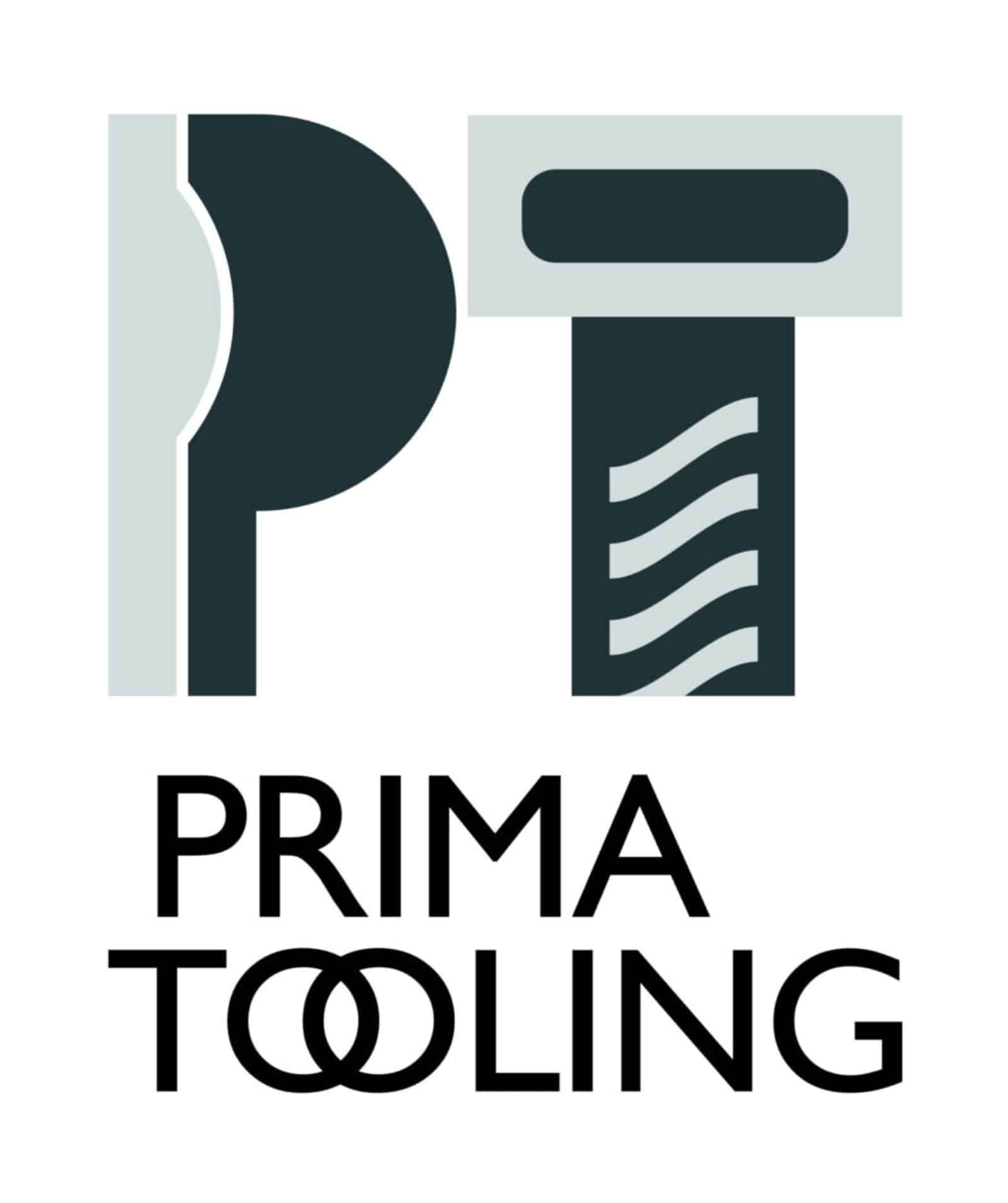CNC woodworking has transformed the way we approach crafting wood, offering unmatched precision and efficiency. By harnessing computer numerical control, craftsmen can create intricate designs and detailed pieces with ease. Yet, even the most advanced technology isn’t without its challenges. When using CNC wood tooling, users might encounter errors that can affect the quality of their work. Understanding these errors and knowing how to address them is key to maintaining the high standards that CNC tools can achieve.
Imagine you’re working on a wooden table, and you’ve set the CNC machine to cut the tabletop edges. But instead of smooth cuts, the machine starts veering off course, resulting in unsightly notches. This scenario highlights some of the common issues tradespeople might face when working with CNC woodworking tools. Tackling these problems not only helps in producing superior work but also extends the life of your equipment.
Identifying Common CNC Wood Tooling Errors
Navigating the world of CNC tools requires familiarity with potential pitfalls. Here are some frequent errors and their potential solutions:
– Misalignment Issues: Misalignment can occur if parts of the machine aren’t set correctly. When components aren’t properly aligned, the entire process can go awry, leading to cuts that are off the mark. To fix this, it’s crucial to check and align all components before starting a task.
– Incorrect Tool Selection: With numerous tool options, choosing the wrong one can hinder your project. Different tools are suited for different tasks and materials. Selecting the right tool involves considering factors like the material’s hardness and the design’s intricacy.
– Speed and Feed Rate Errors: Balancing speed and feed rate is a delicate task. Too fast, and the cut could be rough or inaccurate; too slow, and it wastes time and may wear out the tools unnecessarily. Experimenting with the settings or consulting user manuals can help in fine-tuning the perfect balance for each material.
Recognising these issues early on can save time and resources, allowing you to produce work that’s both efficient and high-quality. By systematically addressing these errors, you ensure that your projects consistently meet expectations.
Troubleshooting and Fixing CNC Wood Tooling Errors
When you encounter issues with CNC wood tooling, a systematic approach often makes the troubleshooting process more manageable. Calibration is your first line of defence against misalignment. By ensuring that all axes are correctly set, you can significantly reduce the chance of errors cropping up. Calibration guides or even video tutorials can be helpful if you’re not sure where to start. Regular checks will keep your machine running smoothly and cuts precise.
Choosing suitable tools for a task isn’t just advisable; it’s critical to achieving the desired output. Consider factors like the type of wood and the complexity of the job. For softer woods, certain tools work better to minimise chipping, while harder woods may require more durable options. If you find yourself repeatedly choosing the wrong tool, creating a project plan with detailed notes on tool selection can be useful to guide future tasks.
Optimising speed and feed rates is a balancing act. High speeds might seem like a time saver but can result in poor quality cuts or even damage to the tool. Conversely, too slow can lead to overheating and wear. It may help to start with manufacturer recommendations and then make small adjustments to see which settings work best for your specific project. Recording these settings for repeated use on similar jobs can save time and ensure quality.
Best Practices for Maintaining CNC Wood Tooling
Proper maintenance of your CNC tools ensures they continue to deliver high performance. Establishing a routine for cleaning and lubrication prevents dirt and debris from impacting the tool’s functionality. On a daily basis, wiping down surfaces and removing any sawdust is a quick and efficient way to extend the tool’s life.
Storing tools properly is just as important as maintenance. A dedicated, dry space helps prevent rust and physical damage. Shelves or tool racks designed to hold tools securely will protect investments and ensure everything is in its place when needed.
Regular inspections are instrumental in catching early signs of wear or damage. At least once a month, take a closer look at your CNC tools for any chips, cracks, or dull edges. Keeping a log of these inspections, along with any action taken, provides a history that helps in making informed decisions about replacements or repairs before they become pressing issues.
Future-Proofing Your CNC Woodworking Operations
Staying ahead involves looking not just at current needs, but also future prospects. Investing in durable, high-quality CNC wood tooling can be more economical in the long run by reducing frequent replacements while delivering consistent results.
Continuous training for operators ensures they are equipped with the latest techniques and practices. Attending workshops or courses can offer insights into emerging trends that could influence your processes.
Technological advancements in CNC woodworking are reshaping the landscape constantly. Stay abreast of new tools and software that could enhance your workflow. By embracing these innovations, you’re preparing your operations not just for today, but well into the future, ensuring that your projects remain competitive and precise.
By addressing these practices, you’ll build a strong foundation for successful CNC woodworking that is efficient and reliable. Craftmanship paired with the right tooling strategies ensures superb results every time.
Maintaining the efficiency of your CNC woodworking projects involves more than just selecting the right tools. Consistent maintenance practices coupled with strategic planning make a world of difference. If you’re looking to expand your knowledge and improve your setup, consider exploring more about CNC wood tooling with Prima Tooling’s range of cutting-edge solutions. These insights can offer valuable enhancements to your operations, ensuring precise and reliable outcomes every time.
